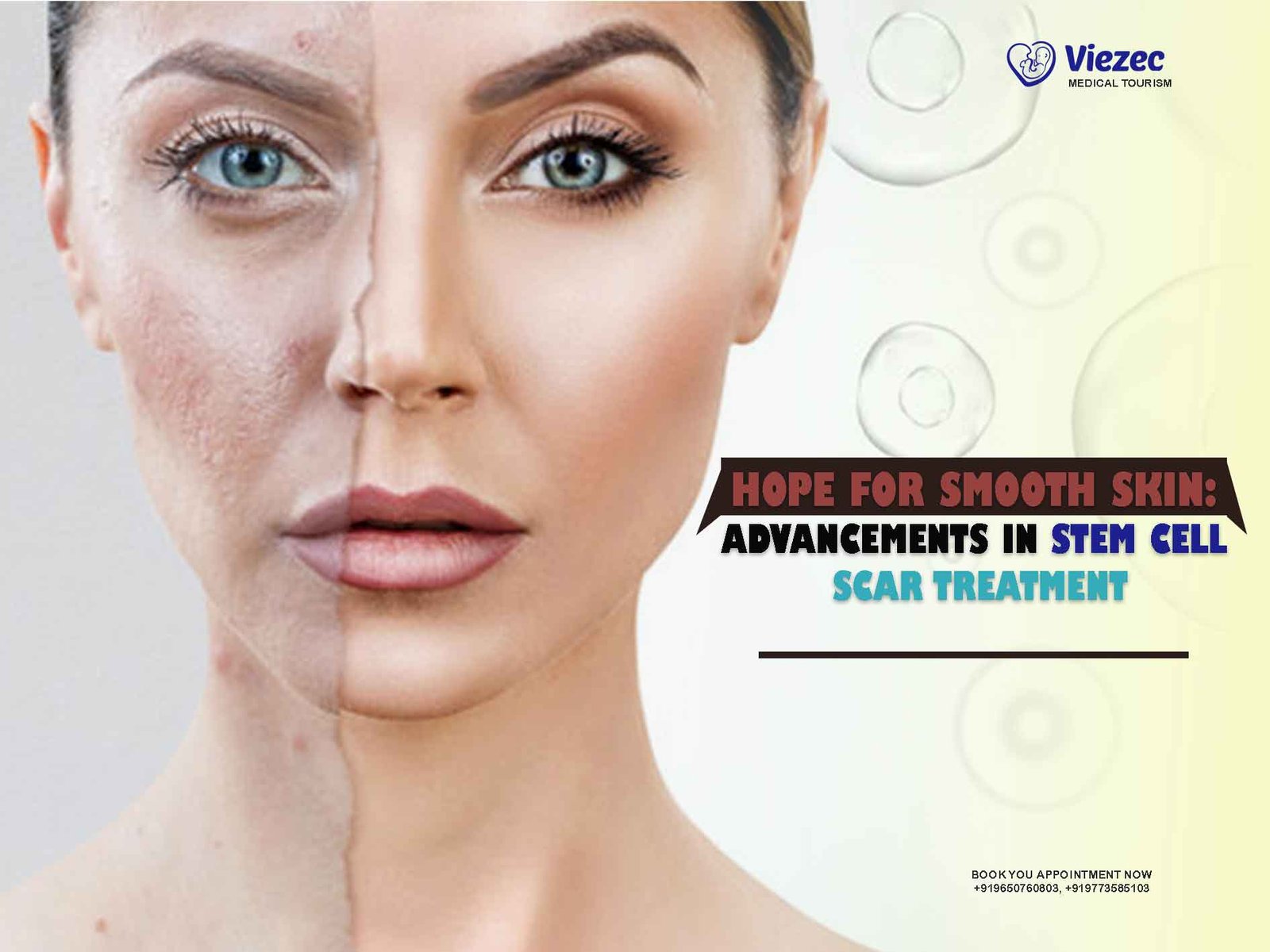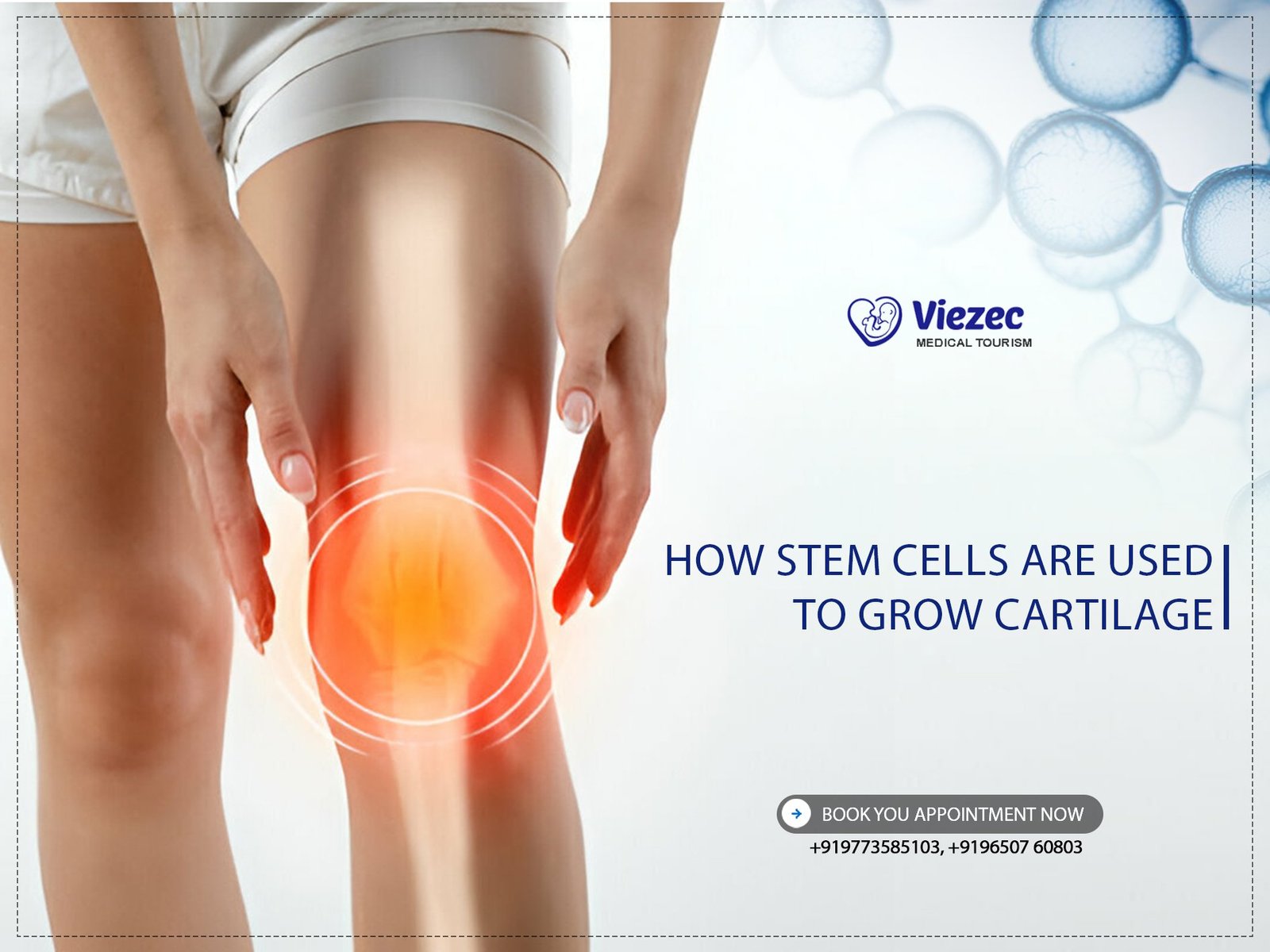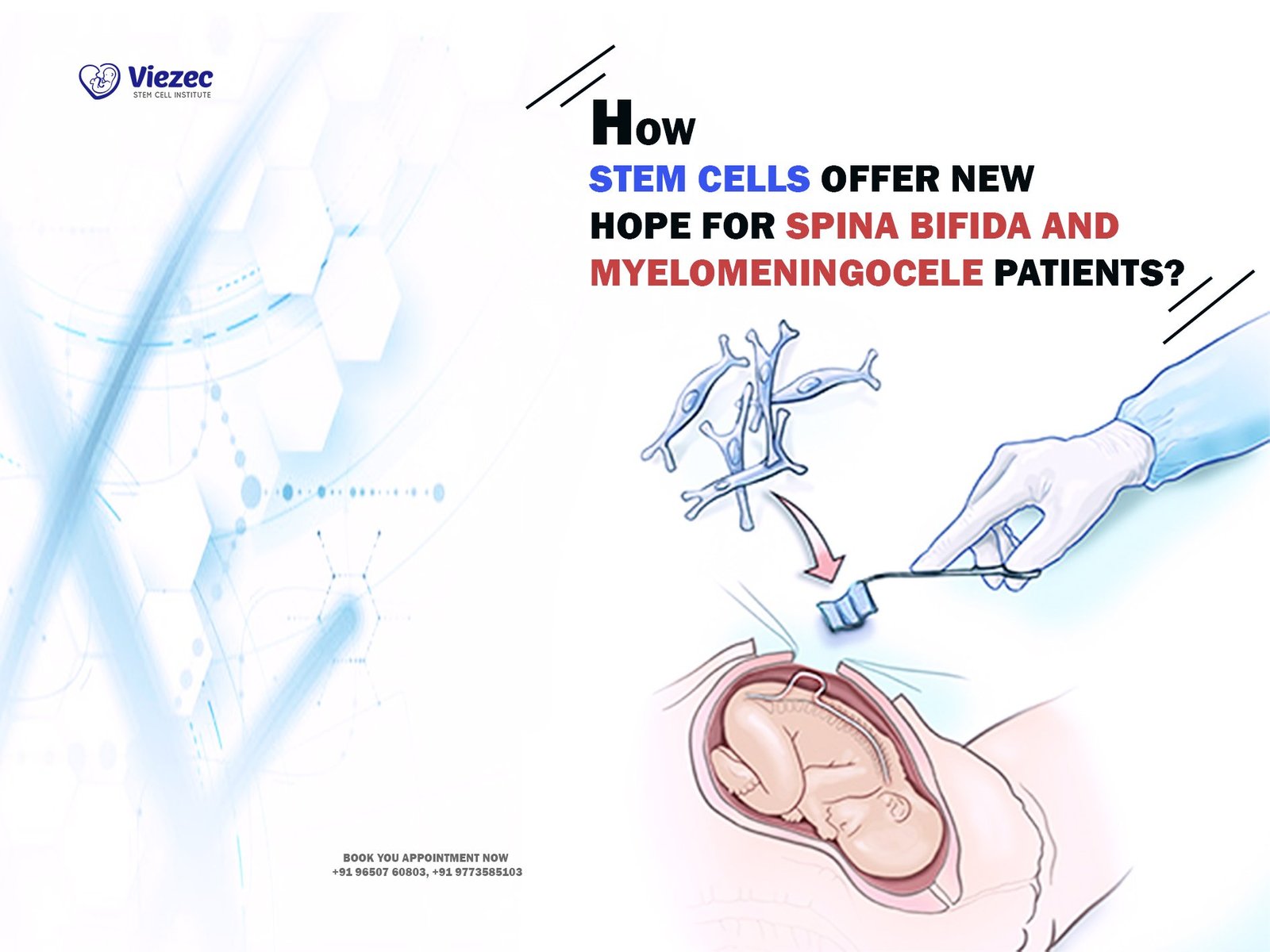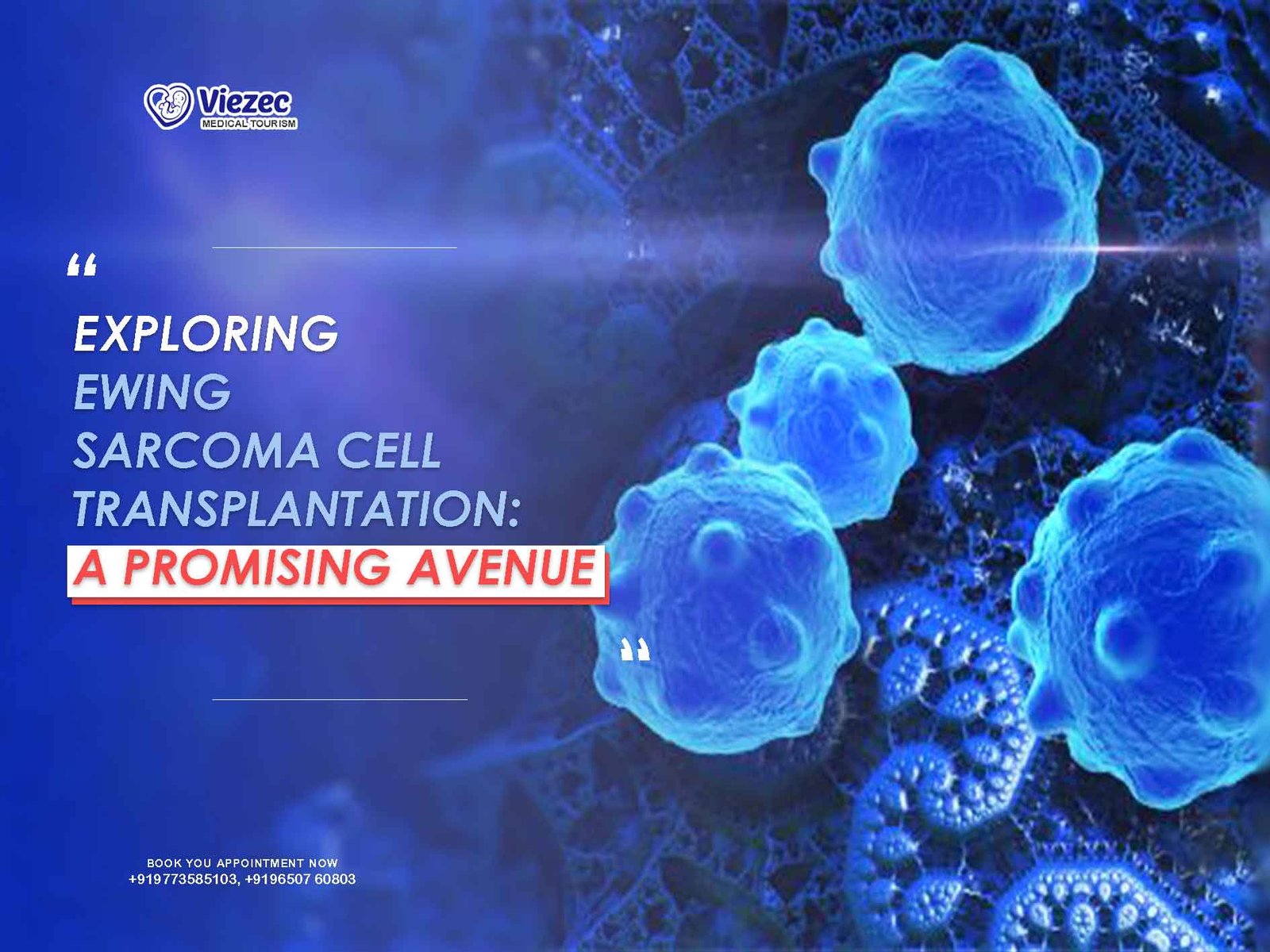Stem cell therapy is changing the way we think about healing offering hope, especially for those living with chronic pain, injuries, or degenerative conditions. But with so much buzz surrounding regenerative medicine, it’s natural to wonder: Is stem cell treatment the right choice for me?
This guide takes you deep into the world of stem cells explaining how they work, what conditions they may help with, who qualifies as a good candidate, and what risks or limitations to keep in mind. From orthopedic injuries and autoimmune disorders to promising (but still experimental) neurological applications, stem cell therapy opens new possibilities in both treatment and recovery.
You’ll also learn what to ask your doctor, how to choose a credible provider, and what real patients are saying about their results. Whether you’re considering a cutting-edge clinic close to home or exploring global options like Viezec, this article equips you with the knowledge to make an informed, confident decision.
Stem cell therapy isn’t a miracle but for many, it’s a meaningful step toward healing naturally, regenerating from within, and reclaiming quality of life.
What Is Stem Cell Therapy, Really?
Stem cell therapy isn’t just a treatment it’s a shift in how we think about healing. Instead of simply managing symptoms, this approach aims to restore function at the source by using the body’s own regenerative potential.
How Stem Cells Function in the Body
Stem cells are the body’s master cells unspecialized units capable of becoming nearly any type of cell, from muscle to nerve to cartilage. When activated, they can multiply and transform into the specialized cells your body needs for repair. This makes them uniquely powerful for healing injuries or degenerative conditions.
Imagine having an internal toolkit that your body can reach for when something breaks down that’s the promise of stem cells. They don’t just patch things up; they work to rebuild from the inside out.
Types of Stem Cell Treatments Used in Modern Medicine
Several types of stem cell therapies are in use or under research today, each with different applications and levels of approval:
-
Hematopoietic Stem Cell Transplants (HSCT):
Widely used for decades to treat blood cancers like leukemia and lymphoma. These transplants are FDA-approved and have a strong track record. -
Mesenchymal Stem Cell Therapy (MSCs):
Often sourced from bone marrow or fat tissue, MSCs are commonly used in orthopedic and sports medicine for joint pain, arthritis, and soft tissue injuries. -
Induced Pluripotent Stem Cells (iPSCs):
These are adult cells reprogrammed to act like embryonic stem cells. iPSCs are mainly used in research today but are paving the way for future personalized treatments in areas like organ regeneration and genetic disorders.
Conditions That Stem Cell Therapy May Help With
Stem cell therapy is being explored for a growing list of conditions from joint pain to autoimmune diseases with the goal of not just managing symptoms, but actively repairing damaged tissues. While not a one-size-fits-all solution, it shows exciting potential in several key areas.
Orthopedic Conditions (Joint Pain, Arthritis, Injuries)
One of the most common and promising uses of stem cell therapy today is in orthopedics. Patients dealing with chronic joint pain, arthritis, or soft tissue injuries are often good candidates.
For example, individuals with knee osteoarthritis or tendon tears have reported reduced pain and improved mobility after treatment with mesenchymal stem cells. These therapies are especially attractive to those looking to delay or avoid invasive surgeries like joint replacement.
Regeneration vs Replacement: How Stem Cells Work Differently
Traditional treatments often involve replacing damaged tissue like inserting artificial joints or removing worn-out cartilage. Stem cell therapy flips the script by encouraging regeneration, not replacement.
Instead of relying on synthetic materials, stem cells help your body restore what’s been lost by stimulating tissue repair and growth. It’s a more organic approach that aligns with how the body naturally heals.
Autoimmune and Inflammatory Diseases
Stem cell therapies are also being studied for autoimmune conditions like lupus, multiple sclerosis (MS), and Crohn’s disease. The goal in these cases isn’t just to repair tissue it’s to reset the immune system.
By introducing healthy stem cells, researchers hope to “retrain” the immune response to stop attacking the body’s own tissues. While still largely in the experimental phase, early results from clinical trials are encouraging.
Neurological Disorders Under Research
Some of the most visionary research is happening in the area of neurological diseases. Stem cells are being explored for conditions like Parkinson’s disease, Alzheimer’s, spinal cord injuries, and stroke.
While clinical use is limited and still largely experimental, the potential is powerful: the ability to regenerate neurons and restore lost brain or spinal cord function. These therapies are not yet widely available, but ongoing trials are paving the way for future breakthroughs.
Are You a Good Candidate for Stem Cell Treatment?
Stem cell therapy isn’t suitable for everyone, but for the right individuals, it can be a game-changer. Whether you’re facing chronic pain or a degenerative condition, the key is to understand if your health profile aligns with what stem cell therapy can realistically offer.
Medical Conditions That Respond Well to Stem Cells
You may be a strong candidate for stem cell therapy if you:
-
Have localized joint issues like knee osteoarthritis or shoulder injuries.
-
Suffer from tendon, ligament, or cartilage damage that hasn’t improved with physical therapy or medications.
-
Are in the early stages of a degenerative condition.
-
Are in good general health, which supports better cell recovery and response.
-
Want to avoid or delay surgery and are exploring regenerative options.
These patients often experience improved mobility, reduced pain, and enhanced quality of life — especially when therapy is applied early in the condition’s progression.
Who Should Avoid Stem Cell Therapy?
While stem cell therapy is low-risk for many, there are certain situations where it’s not advised. You may not be a good candidate if you have:
-
Active infections
-
Certain types of cancer, especially those involving blood or bone marrow
-
Uncontrolled chronic illnesses
Contraindications and Cautionary Factors
Before starting treatment, it’s essential to review any of the following red flags with your doctor:
-
Current use of immunosuppressive medications
-
Uncontrolled diabetes, which may impair healing
-
Severe cardiovascular disease
-
Being pregnant or breastfeeding
In these cases, stem cell therapy might not be safe or effective. That’s why a thorough medical evaluation is critical before moving forward.
The Pros of Choosing Stem Cell Therapy
What if healing didn’t mean major surgery, months of downtime, or a pile of prescriptions? That’s the vision behind stem cell therapy a regenerative approach that works with your body, not against it. Here are some of the biggest advantages this treatment can offer.
Minimally Invasive Treatment Option
One of the most attractive aspects of stem cell therapy is that it’s typically non-surgical. Most procedures involve a simple injection of stem cells directly into the affected area no scalpel, no stitches, no lengthy hospital stays.
This makes it a great option for people who aren’t ready (or willing) to undergo joint replacement or major surgery, especially older adults or those with conditions that make surgery riskier.
Promotes Natural Healing and Tissue Regeneration
Rather than masking symptoms like pain or stiffness, stem cell therapy encourages your body to heal itself. The injected cells help repair damaged tissues by reducing inflammation and stimulating new cell growth.
Think of it as flipping on your body’s natural repair switch helping you recover from the inside out in a way that feels more sustainable than temporary relief.
Lower Downtime Compared to Traditional Surgery
Most patients can resume light activities within a few days, and the recovery process is significantly quicker than surgical alternatives. While it’s not an instant fix, the gradual improvement over weeks or months often leads to lasting results — with much less disruption to your daily life.
Depending on the condition being treated, many people return to work and normal routines faster than they would with surgical recovery, making it an appealing option for those with busy lifestyles.
Costs and Insurance Considerations
Stem cell therapy can be life-changing but it also comes with a price tag. Since many of these treatments are still classified as investigational or elective, patients often bear the full cost themselves. Understanding your options ahead of time can help you plan more effectively.
Is It Covered by Insurance?
In most countries, insurance providers typically do not cover stem cell therapy unless it is an FDA-approved treatment like bone marrow transplants for certain blood cancers. Therapies used for orthopedic issues, autoimmune diseases, or cosmetic enhancement are usually considered experimental and not reimbursable.
However, some insurance plans may cover consultations, imaging, or follow-up visits — so it’s always worth checking the fine print of your policy.
Out-of-Pocket Expenses and Payment Options
The cost of stem cell therapy varies widely depending on:
-
The type of treatment
-
The condition being addressed
-
The clinic’s location
-
The qualifications of the provider
Considering International Providers
For those looking for more affordable options without compromising quality, India has emerged as a hub for stem cell therapy, offering competitive prices and access to advanced regenerative techniques. One notable provider is Viezec Stem Cell Institute, based in New Delhi.
Viezec works with accredited hospitals and experienced doctors to offer therapies for:
-
Orthopedic conditions (arthritis, sports injuries)
-
Neurological disorders (spinal cord injury, stroke recovery, cerebral palsy)
-
Autoimmune diseases and anti-aging applications
Many international patients choose Viezec for its cost-effective treatment packages, personalized care, and medical tourism support, which includes help with visas, accommodation, and transportation.
If you’re considering traveling abroad for treatment, always verify:
-
Clinic credentials and physician experience
-
Transparency in treatment protocols and costs
-
Post-treatment care and follow-up plans
How to Choose the Right Provider
Choosing the right stem cell clinic is just as important as choosing the treatment itself. This isn’t a decision to rush. With the growing popularity of regenerative medicine, it’s critical to separate trustworthy providers from those making bold — and often unrealistic — claims.
What to Look for in a Stem Cell Clinic
A reputable clinic should be transparent, science-driven, and patient-focused. Here’s what you should look for:
-
Board-certified medical specialists with experience in regenerative medicine
-
Use of FDA-compliant or internationally recognized protocols and lab practices
-
Clear information about what the procedure involves, the source of the stem cells, and expected outcomes
-
Pre-treatment assessments and post-treatment care plans
-
Evidence of involvement in clinical research or trials
Whether you’re seeking treatment locally or abroad, these standards remain the same professionalism, safety, and ethics should never be compromised.
Certifications, Reviews, and Clinical Transparency
Before moving forward, take time to dig into:
-
Patient reviews and testimonials (look for real stories and long-term results)
-
Clinic affiliations with recognized hospitals or research institutes
-
Availability of published data or case studies on treatment outcomes
-
Open communication about risks, benefits, and limitations
In India, Viezec Stem Cell Institute stands out as a transparent and patient-focused provider. Working with top-tier hospitals in New Delhi, Viezec offers advanced stem cell therapies that meet international standards, particularly in the areas of:
-
Orthopedic treatments like osteoarthritis and ligament repair
-
Neurological rehabilitation for stroke, spinal cord injury, and cerebral palsy
-
Autoimmune and anti-aging applications
They also offer complete medical tourism support, including airport pickup, accommodation, interpreters, and post-treatment follow-up — a significant plus for international patients looking for quality care abroad.
Red Flags to Avoid
Unfortunately, not every provider puts patient safety first. Watch out for these red flags:
-
Promises of a “100% cure” or “guaranteed results”
-
Lack of clear documentation on treatment protocol or stem cell source
-
No medical assessment before recommending therapy
-
Pressure to commit quickly, especially without a second opinion
-
Clinics that don’t offer aftercare or follow-up monitoring
Remember: stem cell therapy is a medical decision, not a sales pitch. Take your time, ask questions, and consult more than one provider if needed.
Questions to Ask Before Starting Treatment
Once you’ve found a potential provider and are considering stem cell therapy seriously, don’t hesitate to ask tough questions. Being well-informed empowers you to make a decision that’s right for your health, your expectations, and your future.
What Are the Expected Outcomes for Your Condition?
Stem cell therapy doesn’t work the same for everyone. The potential outcomes vary based on your specific diagnosis, the severity of your condition, and the type of stem cells used. Ask your provider:
-
What kind of improvements have similar patients experienced?
-
Are results long-term or short-lived?
-
How will success be measured reduced pain, improved mobility, or tissue regeneration?
A credible clinic will give you realistic expectations, not inflated promises.
What’s the Timeline for Recovery and Results?
Healing through stem cells often happens gradually it’s a process, not an overnight fix. Depending on your condition and the area being treated, you may see results over weeks or even several months.
Ask questions like:
-
When should I expect to see initial changes?
-
Are there activity restrictions after the procedure?
-
How many sessions might be needed for optimal results?
Understanding the full timeline will help you plan mentally, physically, and financially.
Will You Need Follow-Up Treatments?
Some patients see excellent results with just one session, while others may need additional rounds of treatment for sustained benefits.
Discuss with your provider:
-
How many sessions are recommended?
-
What kind of follow-up care or physical therapy will be involved?
-
Will additional treatments be discounted or bundled?
If you’re considering a provider like Viezec, be sure to ask about virtual post-treatment support, especially if you’re traveling internationally and want ongoing access to care.
Final Thoughts — Is Stem Cell Treatment Right For You?
Stem cell therapy sits at the exciting intersection of science and healing offering real possibilities for people who are seeking alternatives to surgery, long-term medication, or simply want a more natural approach to recovery. But like any medical decision, it’s deeply personal.
Aligning Treatment with Your Goals and Lifestyle
The first step is to reflect on your health goals. Are you looking for pain relief? Greater mobility? A way to postpone surgery? Stem cell therapy might be the right fit if:
-
You’ve tried traditional treatments without lasting success
-
You’re in the early to moderate stages of a condition
-
You’re looking for a less invasive, regenerative option
-
You’re open to innovation but value safety and medical guidance
Make sure the therapy aligns not just with your diagnosis but with your lifestyle, values, and expectations.
Making the Best Decision for Your Health
Before you commit to any treatment, consult with a qualified provider who will take time to evaluate your medical history, explain the science behind the therapy, and discuss the risks and benefits openly.
If you’re considering traveling abroad for more affordable or advanced care, clinics like Viezec Stem Cell Institute in India offer comprehensive packages and world-class care with a personal touch. Just remember: wherever you go, choose a provider who puts your health, safety, and education first.
Stem cell therapy isn’t a guaranteed cure but it’s a door. A door to new possibilities, fewer limitations, and perhaps a version of life you’ve been missing. Walk through it with knowledge, curiosity, and hope.









